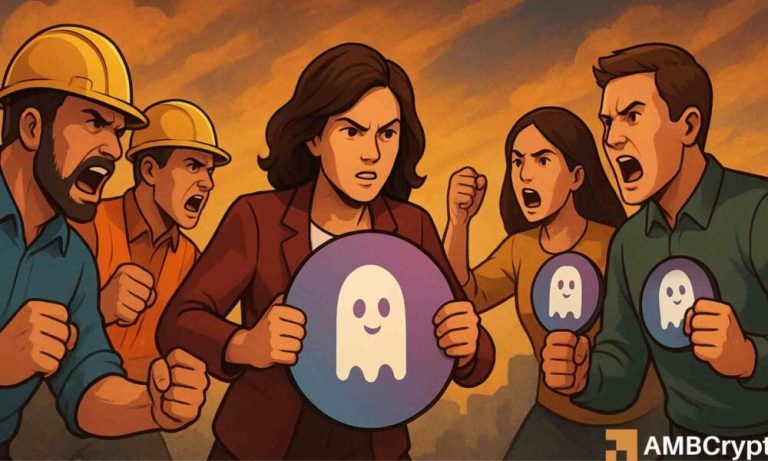
Introduction to Vaccines

The science behind vaccines and public health is a critical area of study. Vaccines are biological preparations that provide acquired immunity to a particular infectious disease. They contain agents resembling a disease-causing microorganism and are often made from weakened or killed forms of the microbe, its toxins, or one of its surface proteins.
How Vaccines Work

When vaccines are administered, they stimulate the body’s immune system to recognize the agent as foreign, destroy it, and remember it. This process is essential in preparing the immune system to fight off future infections. Vaccines can be divided into various types based on their composition: live-attenuated, inactivated, subunit, and mRNA vaccines.
The Impact of Vaccines on Public Health

Vaccines play a pivotal role in public health by preventing the spread of infectious diseases. They have led to the eradication of smallpox and significantly reduced the incidence of diseases such as measles, mumps, and rubella. Herd immunity, which occurs when a significant portion of a population becomes immune to an infectious disease, is largely achieved through widespread vaccination.
Challenges and Misconceptions

Despite the overwhelming evidence supporting the safety and efficacy of vaccines, misconceptions and vaccine hesitancy persist. Misinformation can lead to lower vaccination rates, resulting in outbreaks of preventable diseases. Public health campaigns aim to educate communities about the benefits of vaccines and to combat misinformation.
Conclusion

The science behind vaccines is fundamental to safeguarding public health. Understanding how vaccines work and their impact on community health is essential for making informed decisions about immunization. As we continue to face new health challenges, vaccines remain one of our most effective tools in promoting a healthier society.





